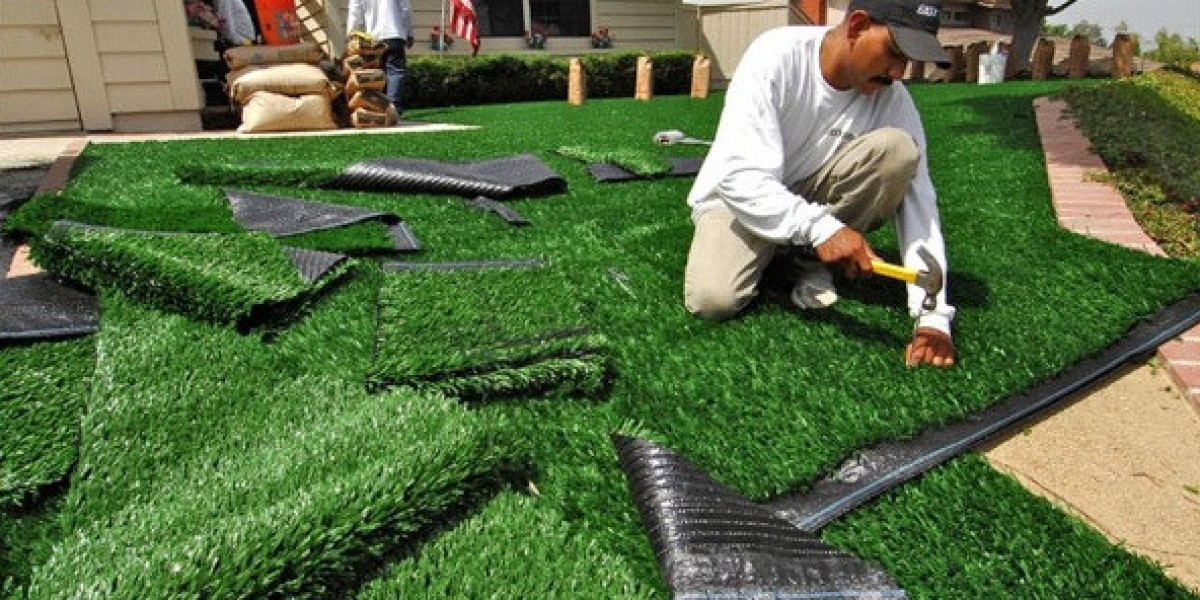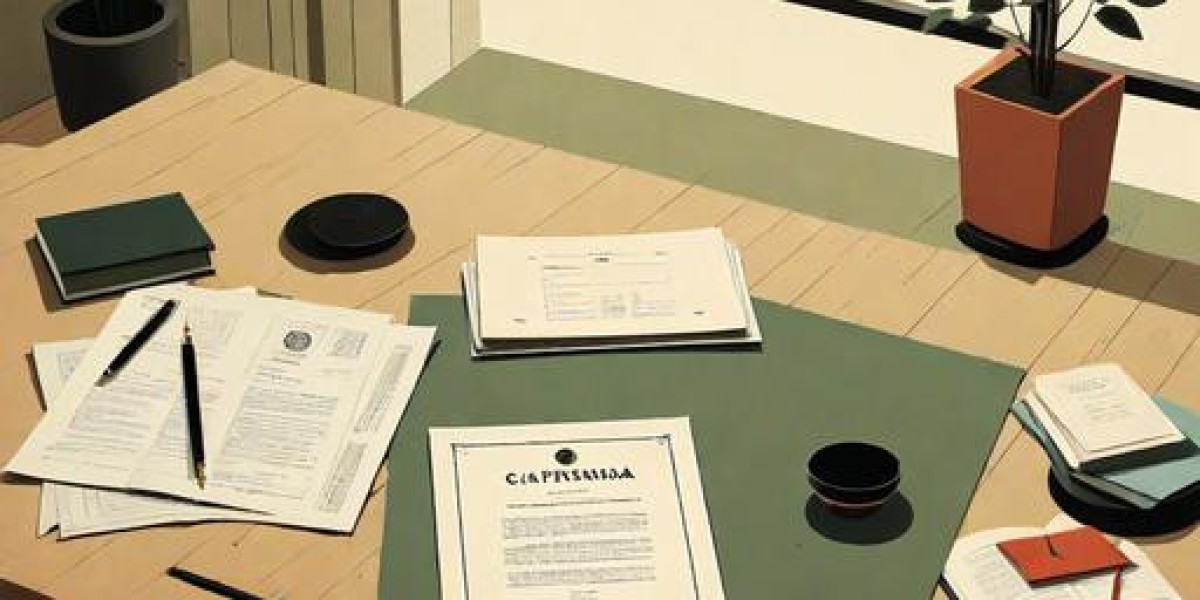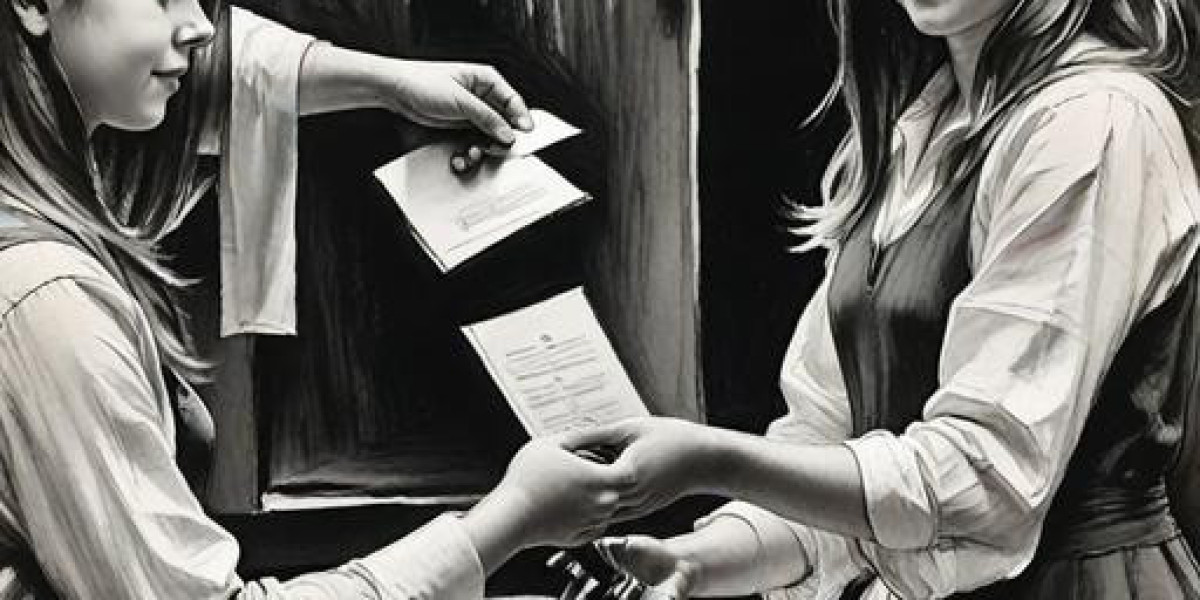Artificial turf has become an increasingly popular alternative to natural grass, offering a low-maintenance, aesthetically pleasing solution for homeowners, businesses, and sports facilities. Whether you’re looking to enhance your backyard, create a pet-friendly area, or design a sports field, Artificial Turf Installation provides a durable, green surface that stays lush year-round without the hassle of mowing, watering, or fertilizing.
Why Choose Artificial Turf?
Artificial turf offers numerous benefits that make it an attractive option for a variety of applications:
- Low Maintenance:
- Unlike natural grass, artificial turf requires minimal upkeep. There’s no need for regular mowing, watering, or fertilizing, saving you time and money.
- Water Conservation:
- Artificial turf significantly reduces water usage, making it an environmentally friendly option, especially in regions prone to drought or with water restrictions.
- Durability and Longevity:
- High-quality artificial turf is designed to withstand heavy foot traffic, making it ideal for sports fields, playgrounds, and busy outdoor areas. With proper installation and care, it can last for many years.
- Consistent Appearance:
- Artificial turf maintains its green, manicured look throughout the year, regardless of weather conditions. It won’t fade in the sun, and it’s resistant to pests and diseases that can damage natural grass.
- Pet and Kid-Friendly:
- Many artificial turf options are designed to be safe for children and pets, offering a soft, cushioned surface that’s free of chemicals and allergens.
- Versatility:
- Artificial turf can be installed in a variety of locations, including backyards, rooftops, balconies, and commercial spaces. It’s also commonly used for sports fields, playgrounds, and golf putting greens.
Steps to Install Artificial Turf
Installing artificial turf is a detailed process that requires careful planning and execution to ensure a durable and attractive result. Below is a step-by-step guide to help you understand the installation process:
1. Planning and Design
- Assess the Area: Measure the area where you plan to install the artificial turf. Consider the shape, size, and any specific features like trees, pathways, or slopes.
- Choose the Turf: Select the type of artificial turf that suits your needs. Turf comes in various blade lengths, colors, and densities, each designed for different purposes, from residential lawns to sports fields.
- Gather Materials: In addition to the turf itself, you’ll need materials like a weed barrier, crushed stone or gravel for the base, adhesive or nails for securing the turf, and infill materials such as sand or rubber granules.
2. Prepare the Ground
- Remove Existing Grass and Debris: Clear the area of any existing grass, weeds, rocks, and debris. Use a sod cutter or shovel to remove the top layer of soil to a depth of about 3-4 inches.
- Install a Weed Barrier: Lay down a weed barrier fabric to prevent weed growth under the turf, which could cause bumps or uneven surfaces.
3. Build the Base
- Add a Base Layer: Spread a layer of crushed stone or gravel over the area. This base layer provides drainage and stability for the turf. Compact the base using a plate compactor to create a firm, even surface.
- Level the Base: Use a rake to level the base, ensuring it’s smooth and slopes slightly for proper drainage. A well-prepared base is crucial for the longevity and appearance of your artificial turf.
4. Lay the Artificial Turf
- Roll Out the Turf: Unroll the artificial turf over the prepared base, ensuring it covers the entire area. Let the turf sit for a few hours to allow any wrinkles to relax.
- Cut to Fit: Use a sharp utility knife to trim the turf to fit the shape of your installation area. Be precise around edges, curves, and any obstacles like trees or pathways.
- Secure the Turf: Depending on the size and type of installation, secure the turf using nails, staples, or adhesive. For larger areas, secure the edges first, then work your way inward, ensuring the turf is stretched and flat.
5. Join the Seams
- Align the Seams: If your installation requires multiple pieces of turf, carefully align the seams to ensure a seamless appearance. The blades should blend naturally without visible gaps.
- Apply Seam Tape and Adhesive: Place seam tape under the aligned edges and apply adhesive to the tape. Press the turf edges onto the tape, ensuring a strong bond. Use a roller or heavy object to press the seams flat.
6. Add Infill
- Distribute the Infill: Spread the infill material evenly across the turf using a drop spreader. Infill helps support the turf blades, provides cushioning, and aids in drainage.
- Brush the Turf: Use a stiff-bristled broom or a power brush to work the infill into the turf and lift the blades upright. This step enhances the natural look and feel of the turf.
7. Final Touches
- Trim Edges: Make any final trims along the edges to ensure a neat, clean finish.
- Inspect and Clean: Inspect the installation for any loose areas or imperfections. Clean up the area, removing any excess materials or debris.
Maintenance Tips for Artificial Turf
While artificial turf requires less maintenance than natural grass, a few simple steps will help keep it looking its best:
- Regular Brushing:
- Periodically brush the turf to keep the blades standing upright and to redistribute the infill. This helps maintain the turf’s natural appearance.
- Rinse Off Dirt and Debris:
- Rinse the turf occasionally with water to remove dust, dirt, and debris. For pet areas, rinse more frequently to keep the surface clean and odor-free.
- Remove Leaves and Twigs:
- Use a leaf blower or a rake to remove leaves, twigs, and other debris that can accumulate on the turf, especially during the fall season.
- Prevent Weed Growth:
- While the weed barrier helps, occasionally inspect the edges and seams for any weed growth and remove them promptly.
- Address Stains:
- Clean any spills or stains immediately with a mild soap and water solution. For tougher stains, consult the turf manufacturer’s cleaning guidelines.
Conclusion
Artificial turf installation is a great way to achieve a beautiful, low-maintenance lawn that looks green and vibrant year-round. By following the proper installation steps and maintaining your turf, you can enjoy a lush, durable surface that enhances the beauty and functionality of your outdoor space. Whether for residential lawns, commercial landscapes, or sports fields, artificial turf provides an efficient and aesthetically pleasing solution that’s built to last.





